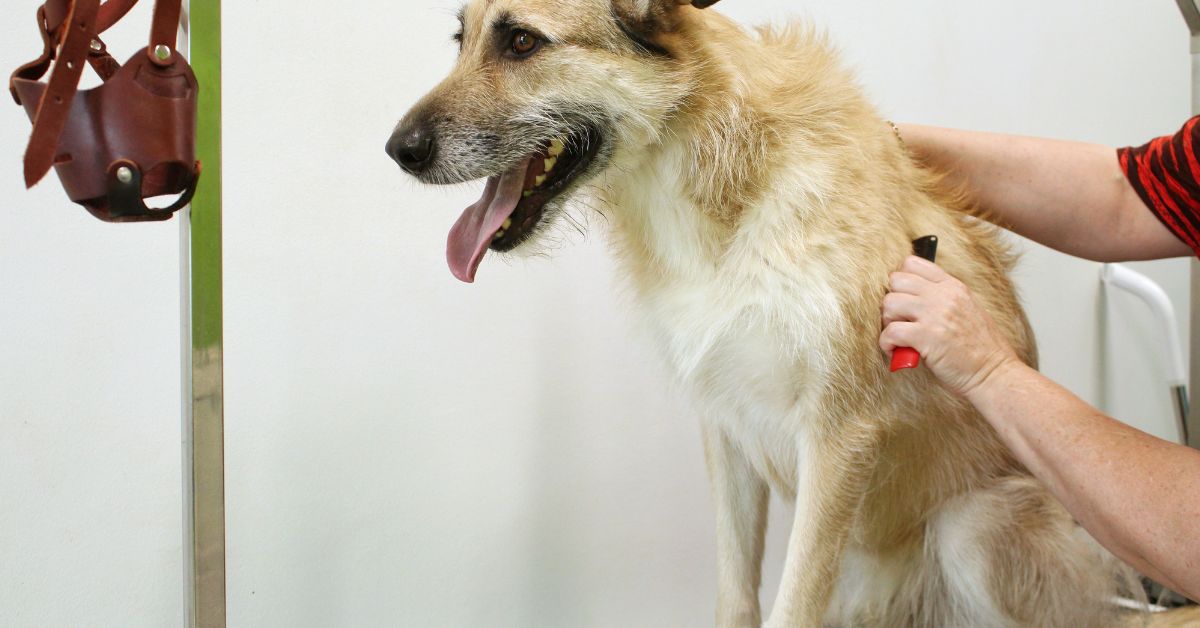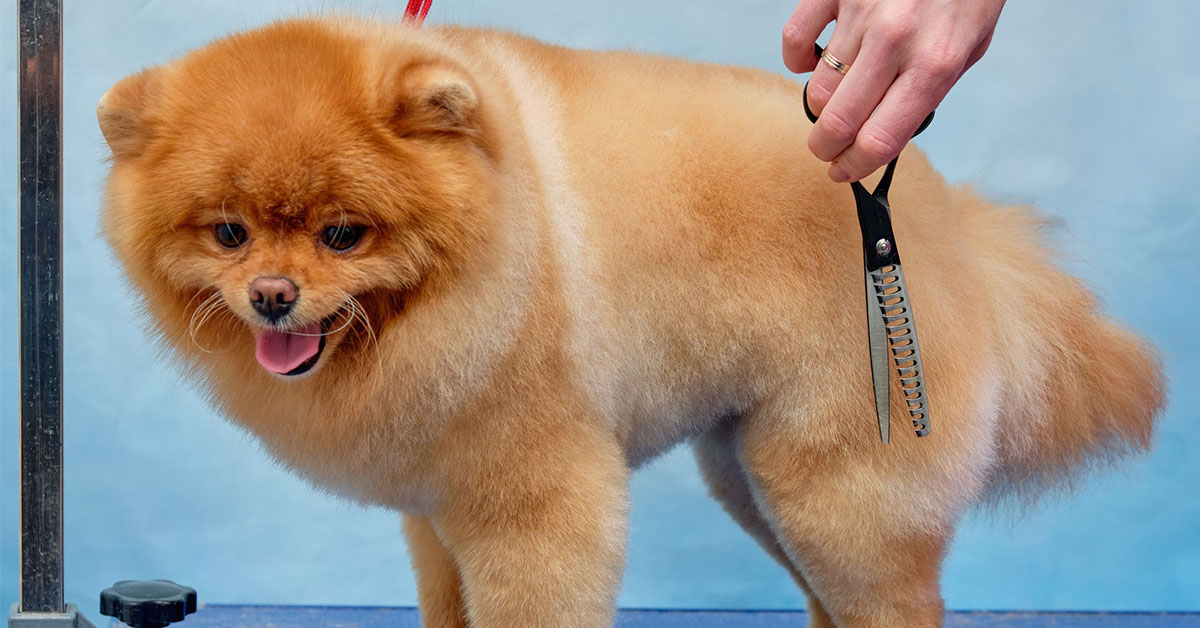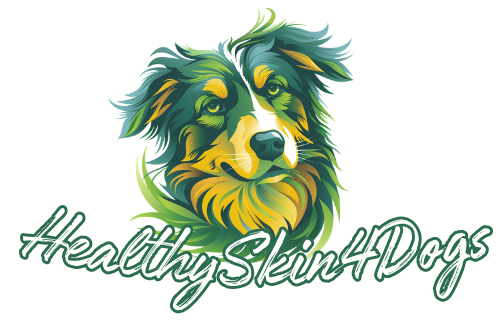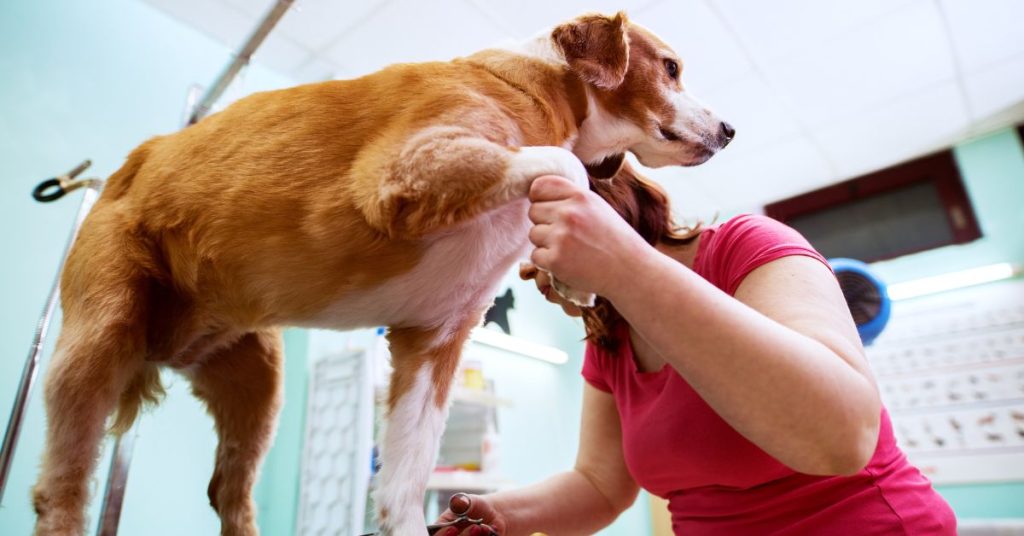Grooming is essential to maintaining a dog’s health and well-being, but it can be challenging with aggressive dogs. Fear, past negative experiences, or discomfort can cause aggression during grooming sessions. Despite these challenges, regular grooming prevents matted fur, skin infections, and parasites. This blog post will explore how to groom an aggressive dog.
It’s easier to groom your dog if you understand the root causes of aggression and use proper handling methods. So, let’s take a look at the challenges and tips for grooming an aggressive dog.
What is Aggression in Dogs?
Aggression in dogs is a set of behaviors aimed at intimidating, warning, or harming another living being. These behaviors can include growling, barking, snapping, and biting. Fear, frustration, territoriality, or pain can all trigger aggression. During grooming, a dog may exhibit aggression due to previous bad experiences, anxiety about the process, or discomfort from handling.
It is crucial to recognize the signs of aggression to manage and address it safely. These signs can help you prevent escalation and create a safer, more controlled grooming environment. Signs of aggression in dogs:
- Growling and Snarling: Audible warnings indicating discomfort or threat.
- Barking: Often loud and intense, signaling fear or defensiveness.
- Baring Teeth: Showing teeth as a warning to back off.
- Stiff Body Posture: Tense muscles and rigid stance.
- Raised Hackles: Hair standing up along the back.
- Intense Staring: Fixed, stern gaze indicating confrontation.
- Snapping and Biting: Attempts to make contact with teeth.
- Ears Pinned Back: Ears flat against the head, showing fear or aggression.
- Tail Position: Tail held high and stiff or tucked tightly between legs.
- Lunging: Sudden forward movements intended to intimidate.
Challenges of Groom an Aggressive Dog

An aggressive dog can present several unique grooming challenges that can be stressful for both the dog and the groomer. Some of them are:
Safety Risks
There are significant safety risks associated with grooming an aggressive dog. Behaviors such as biting, snapping, and lunging can result in severe injuries for groomers. A minor bite or scratch can cause an infection or other complications. The risk of injury necessitates extra caution and safety equipment, which make the grooming process harder.
Increased Stress
During grooming sessions, both the dog and the groomer experience stress. When the grooming process is long or uncomfortable, the dog’s aggressive behavior can get worse. Taking care of an aggressive dog can be nerve-wracking for the groomer, making it hard to stay calm and composed.
Time-Consuming Process
It takes more time to groom an aggressive dog than a non-aggressive one. It takes a long time to groom a dog because you have to take frequent breaks to calm him down and prevent him from escalating. Professional groomers who have multiple clients and tight schedules can find this challenging.
Emotional Toll
Dealing with an aggressive dog consistently can be emotionally draining. Significantly, if the dog’s behavior doesn’t improve, the groomer may get frustrated and anxious. In addition, this emotional impact may lead to burnout and a reluctance to groom aggressive dogs in the future.
Limited Access to Professional Groomers
It can be challenging to find a professional groomer who will work with an aggressive dog. The safety risks associated with grooming aggressive dogs make many groomers hesitant to do so. Having limited access to professional grooming services may pose a significant challenge for owners of aggressive dogs.
Potential for Escalation
When an aggressive dog is mishandled during grooming, aggressive behaviors can escalate. If the dog’s fear or anxiety isn’t addressed, every grooming session can become more complex. Besides making grooming more challenging, this can also make the dog more aggressive in other situations, leading to a more pervasive problem.
Need for Specialized Equipment
When grooming an aggressive dog, you’ll often need muzzles, grooming restraints, and protective gloves. Groomers and dog owners can spend extra money on this specialized equipment. Proper use of this equipment is required to maintain safety and minimize stress for the dog and groomer.
How to Groom an Aggressive Dog

Patience, preparation, and a calm approach are essential to groom an aggressive dog. You can make the process safer and more effective by following these steps:
Assessing the Situation
Assess your dog’s specific triggers and tolerance levels before beginning a grooming session. Watch how your dog reacts to various grooming tools and processes to see what might make it scared. The more you know about these triggers, the more gentle and tailored your approach will be.
Creating a Calm Environment
Create a quiet, stress-free grooming area. Choose a place where your dog feels safe and free from distractions. Play soft music or use lavender scents to create a soothing atmosphere. Make sure the grooming area is well-lit and has all the supplies you need.
Gathering Supplies
Having the right tools on hand is essential. Gather grooming essentials such as brushes, combs, nail clippers, and shampoo. Additionally, safety equipment like a muzzle, non-slip mats, and grooming restraints should be considered. Using high-quality tools can make the grooming process quicker and more comfortable for your dog.
Desensitization Training
Through desensitization training, gradually introduce your dog to grooming tools and procedures. Introduce the tools one at a time, allowing your dog to sniff them without immediately using them. Reward your dog with treats and praise for remaining calm. Over time, begin to gently use the tools, continuing to reward and reassure your dog throughout the process.
Positive Reinforcement
Utilize positive reinforcement techniques to encourage calm behavior. Offer treats, praise, and gentle petting when your dog remains relaxed during grooming. Over time, positive reinforcement reduces fear and aggression associated with grooming.
Handling Techniques
Proper handling techniques are essential for safely grooming your aggressive dog. Maintain a calm and confident approach while holding your dog gently but securely. You should avoid sudden movements that might startle your dog. Use a muzzle if necessary to prevent biting, but make sure it fits comfortably and does not cause stress.
Breaking it Down
Make grooming sessions short and manageable. Instead of trying to do it all at once, break up a grooming session into smaller tasks. For example, trim nails one day and brush fur the next. This approach prevents overwhelming your dog and makes each session more tolerable.
Seeking Professional Help
Seek professional assistance if your dog is aggressive or if grooming it yourself is uncomfortable. Find a groomer or veterinarian with experience handling aggressive dogs. They can provide you with expert advice and tips for managing your dog’s behavior.
Read More: How To Groom A Bernese Mountain Dog?
Conclusion
Grooming an aggressive dog requires patience, preparation, and the right techniques. When you know your dog’s triggers, create a calm environment, and use positive reinforcement, grooming sessions can be less stressful. Don’t hesitate to seek professional help when needed. Consistent effort and care can ensure that your dog’s grooming needs are met safely and effectively.




